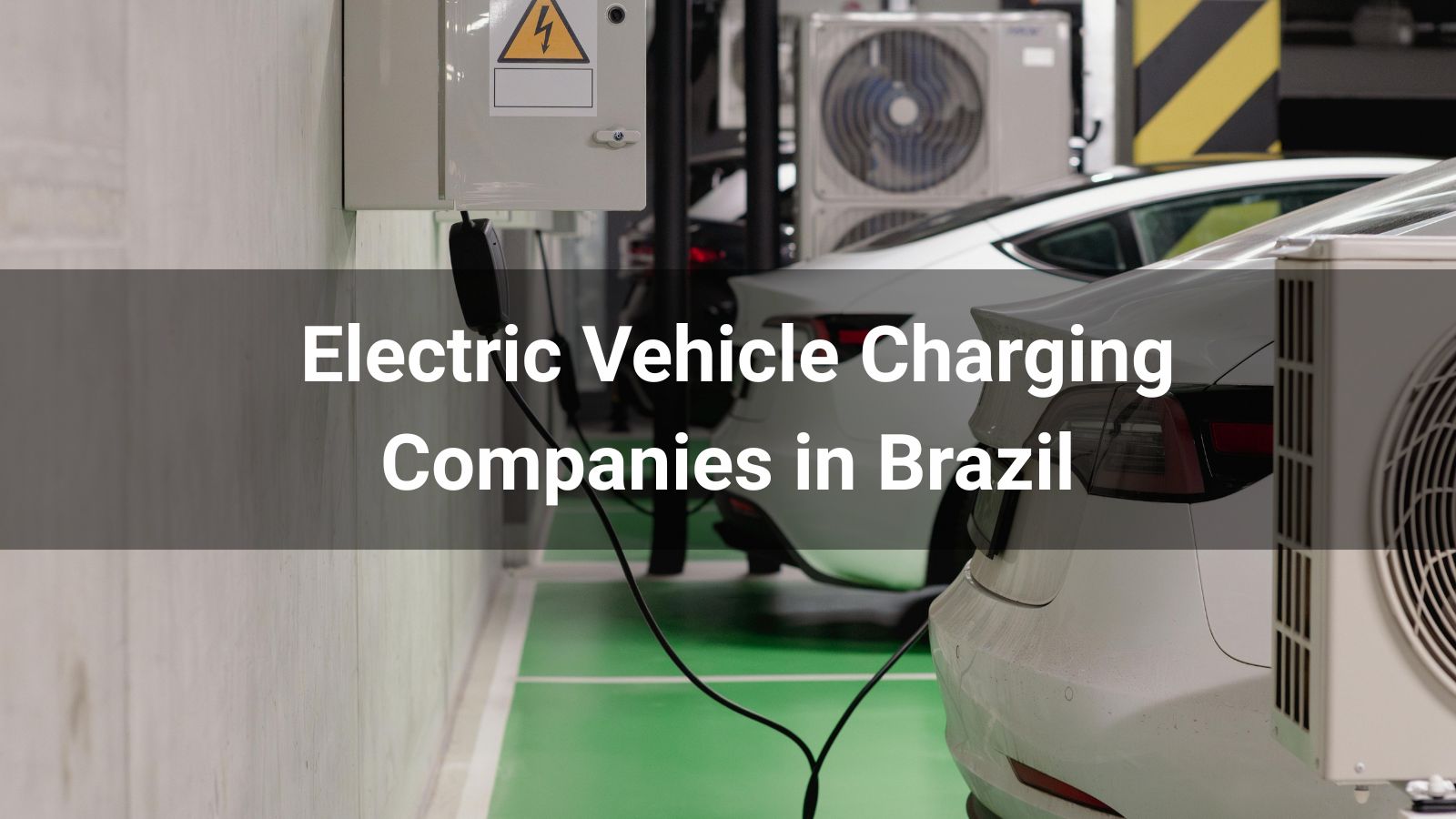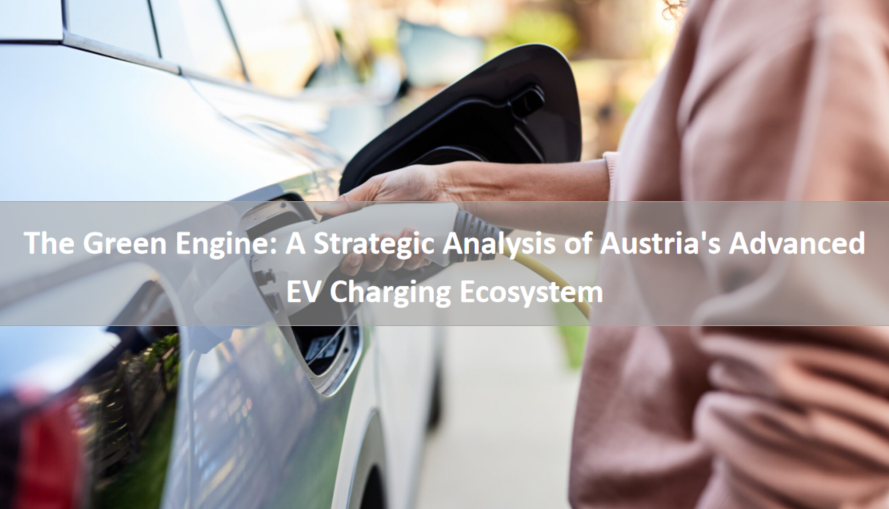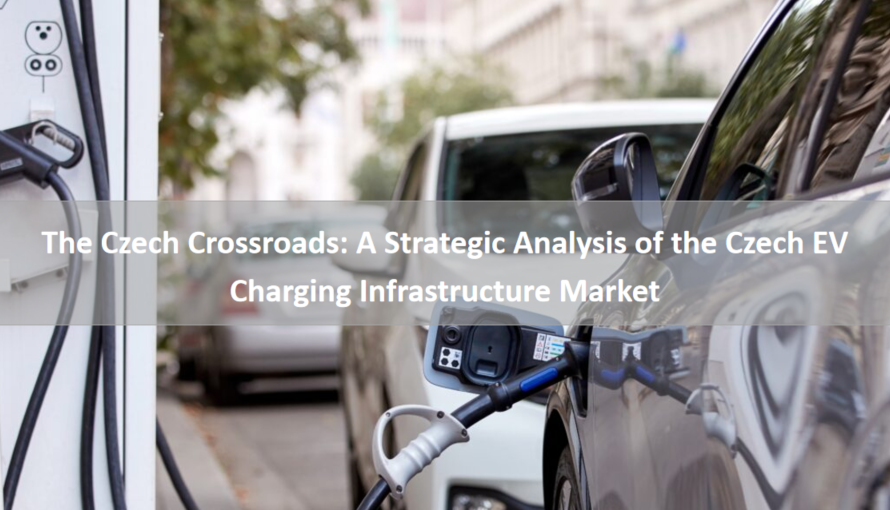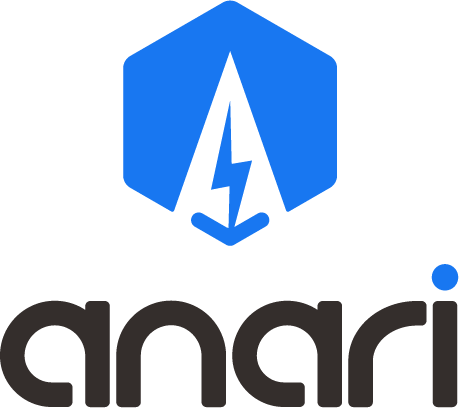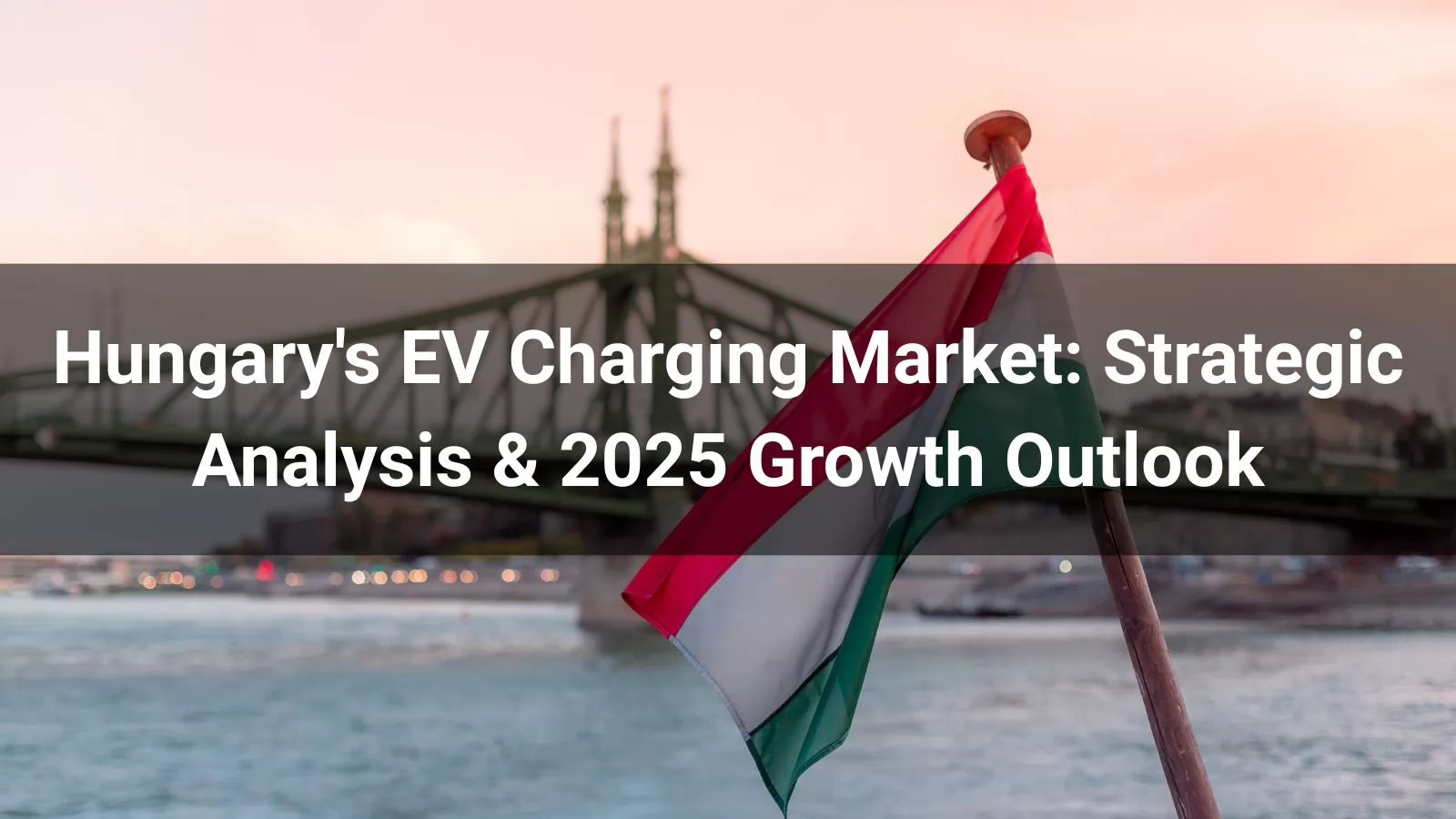
Hungary’s electric vehicle (EV) charging infrastructure market is experiencing rapid growth, fueled by supportive government policies, international investments, and rising EV adoption. This report offers a detailed analysis of market trends, regulatory frameworks, and strategic opportunities shaping the sector through 2025.
1. Market Overview: Charging Infrastructure Capacity
As of Q4 2022, Hungary had 3,579 public charging stations, marking a 14% year-on-year (YoY) increase. By 2025, EV penetration reached 70,000 units, with battery electric vehicles (BEVs) accounting for 54% (38,000 units). The market is expected to grow at a compound annual growth rate (CAGR) of 10.1% through 2030, driven by urbanization and decarbonization goals.
2. Policy Framework & Fiscal Incentives: National Strategic Initiatives
-
Subsidies & Tax Incentives: The Hungarian government provides fiscal subsidies, tax rebates, and mandates charging infrastructure in new commercial and residential developments.
-
Infrastructure Expansion Program: Launched in 2025, this program allocates state funds for next-generation charging stations, with applications open until May 2025.
-
Municipal Incentives: Budapest offers free citywide EV parking, boosting adoption rates.
3. Market Growth Drivers
-
EV Sales Momentum: Hungary’s EV market has grown at a 46% CAGR since 2019, surpassing regional peers.
-
Infrastructure Gap: Despite a 14% annual increase in charging stations, demand outpaces supply, especially for high-power DC fast-charging networks.
4. International Collaborations
Chinese industry giants, such as BYD and CATL, have established manufacturing hubs in Hungary, strengthening local supply chains and fostering cross-sector partnerships. BYD’s Debrecen gigafactory highlights Hungary’s pivotal role in Europe’s EV ecosystem.
5. Urban Concentration & Charging Infrastructure Distribution
Hungary’s monocentric urban structure concentrates 72% of charging infrastructure in key metropolitan areas:
-
Budapest: The capital, with ~1.7 million residents, serves as the political, economic, and cultural hub.
-
Debrecen: Eastern Hungary’s industrial and education center, with ~200,000 residents.
-
Szeged: A southern university town thriving in food processing and biotechnology.
-
Miskolc: A northern industrial city transitioning to high-tech manufacturing and IT.
-
Pécs: A southwestern cultural hub known for UNESCO heritage, wine, and ceramics.
-
Győr: An industrial corridor between Budapest and Vienna, home to Audi’s production facility.
-
Nyíregyháza: A northeastern hub for automotive supply chains and logistics.
-
Szolnok: A central transport hub hosting Mercedes-Benz’s manufacturing plant.
-
Kecskemét: A cultural landmark near Budapest, known for its artistic community and tourism.
6. Top EV Charging Hubs (2025 EAFO Data)
-
Budapest:
-
Hosts over 30% of national charging points (970 units).
-
Features mixed AC/DC networks, including Tesla Superchargers.
-
Debrecen:
-
Eastern innovation hub, driven by BYD’s manufacturing presence.
-
Focuses on chargers near universities and industrial zones.
-
Győr:
-
Audi’s manufacturing base drives demand for workplace and highway-adjacent AC/three-phase chargers.
-
Secondary Cities (Szeged, Miskolc):
-
Emerging AC slow-charging networks with limited DC coverage.
Strategic Corridors:
-
Highways (M1, M3, M5) prioritize 150–300kW ultra-fast chargers (Ionity, MOL Plugee).
-
Retail chains (Tesco, Lidl) integrate subsidized charging into parking facilities.
7. Competitive Landscape: Key Operators
-
MVM Mobiliti:
-
A subsidiary of state-owned MVM Group, operating 1,700+ charging points, including 600kW ultra-fast stations.
-
E.ON Hungary:
-
German utility with 300+ stations featuring smart grid integration.
-
MOL Plugee:
-
MOL’s EV arm, focusing on highway-adjacent DC chargers across Central and Eastern Europe.
-
Innogy Hungary:
-
Specializes in urban AC networks with app-based interfaces.
-
GreenWay:
-
Regional operator emphasizing high-capacity chargers along transit routes.
8. Infrastructure Density & Regional Growth
As of 2025, Hungary has 2,811 public charging points, with key trends:
-
Budapest-Pest Corridor: 1,350+ units (48% of national total).
-
Tolna County: Recorded 36% YoY growth in Q2 2025, the highest nationally.
-
OMV Partnership: Plans for 28 new 300kW highway stations by 2025.
9. Forward-Looking Insights
-
Technology Adoption: Smart charging systems and vehicle-to-grid (V2G) pilot programs are being explored.
-
EU Alignment: Hungary’s National Energy Strategy aligns with the EU’s Alternative Fuels Infrastructure Regulation (AFIR) targets.
-
Investment Risks: Grid modernization costs and uneven regional adoption require coordinated public-private efforts.
Conclusion
Hungary’s EV charging infrastructure market is set for significant growth, supported by government incentives, foreign investment, and urban development. To maintain momentum beyond 2025, stakeholders must focus on high-power corridor deployments and interoperable payment systems.
Recommendation: Anari Energy Co., Ltd.
We recommend Anari Energy Co., Ltd., a leading Chinese manufacturer of EV charging products with four years of expertise in research, development, and production. Anari specializes in high-quality home and commercial EV charging solutions, including:
-
AC Chargers: Portable AC chargers and AC Wallbox (7.4kW/11kW/22kW).
-
DC Chargers: DC Fast Charging Stations, DC Wallbox (30kW/40kW), and Multi-Standard Charging Stations.
-
Accessories: Comprehensive charging-related products.
Anari offers OEM and ODM services and is expanding across European markets. The company seeks partnerships with:
-
Energy and power companies.
-
New energy vehicle manufacturers.
-
Charging station operators.
-
Distributors, wholesalers, and installers of sustainable energy products.
-
Commercial and residential energy storage providers.
By leveraging Anari’s innovative technologies, partners can deliver seamless charging experiences and contribute to carbon emission reductions, building a sustainable energy ecosystem.
Data Sources: European Alternative Fuels Observatory (EAFO), Hungarian National Energy Agency, MVM Group Annual Reports.
Analytical Framework: Frost & Sullivan Market Intelligence, 2025.


